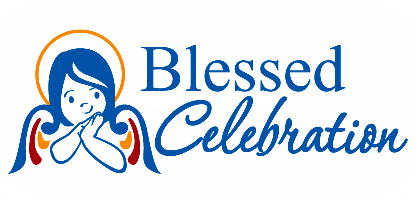Epigonatio - Parentage Jesus Christ Nicaea
2.2lbs
Handmade Epigonation – Epitaph of Jesus Christ “NIKA” Embroidery
This striking Epigonation features the sacred Epitaph of Jesus Christ with the inscription “NIKA” (“He Conquers”), meticulously hand-embroidered in gold thread on a radiant gold background. A profound symbol of Christ’s triumph over death, this vestment reflects both theological depth and exceptional craftsmanship.
Crafted in the traditional rhomboid shape, the Epigonation hangs from the belt and right shoulder, worn by clergy during Divine Services. It signifies spiritual authority, the sword of the Spirit, and the duty to rightly divide the word of truth. The embroidery showcases reverent artistry suitable for feast days, Holy Week, or year-round liturgical celebration.
Features:
-
Hand-embroidered Epitaph of Christ with “NIKA” on a gold background
-
Rich gold-thread work with intricate detailing
-
Rhomboid design worn suspended from the belt
-
Traditional vestment symbolizing spiritual strength and service
-
Ideal for Orthodox clergy during solemn liturgical services
A powerful and meaningful addition to any vestment collection, honoring the passion and victory of our Lord.
The Epigonation (Greek: Ἐπιγονάτιον, often called "Palitza" in Slavic traditions) is a ceremonial vestment used in the Eastern Orthodox and Eastern Catholic Churches. It is a stiff, diamond-shaped cloth, often richly embroidered, that hangs from the right hip of a bishop or some priests during liturgical services. It is suspended by a strap from the right shoulder. It symbolizes the “sword of the Spirit, which is the Word of God” (Ephesians 6:17), representing a clergyman’s role in defending the faith and rightly dividing the word of truth. It is a mark of honor given to clergy as a sign of elevated responsibility or scholarly achievement, often bestowed by a bishop. Bishops wear the Epigonation as a standard part of their liturgical vestments. Priests may be awarded the Epigonation as a sign of distinction, often in recognition of theological education or faithful service. It is typically worn during Divine Liturgy and other major services, paired with other vestments like the phelonion (chasuble) and epitrachelion (stole). It is Often made of brocade or velvet, adorned with crosses, icons, or saints, and sometimes fringe along the bottom. The embroidery may reflect scenes such as Christ the Pantocrator, St. Paul, or liturgical symbols.
Please allow 3-4 weeks for delivery.

